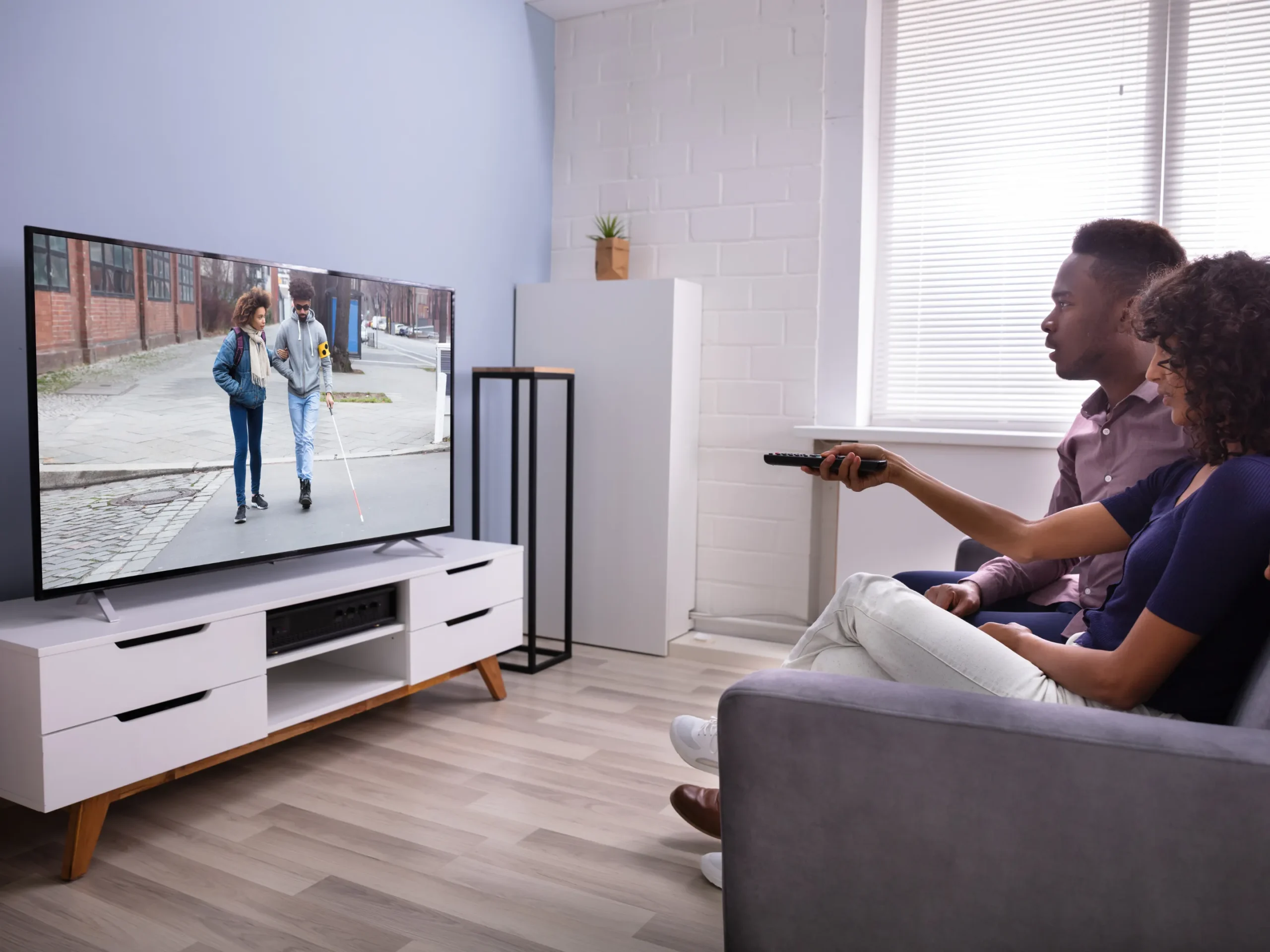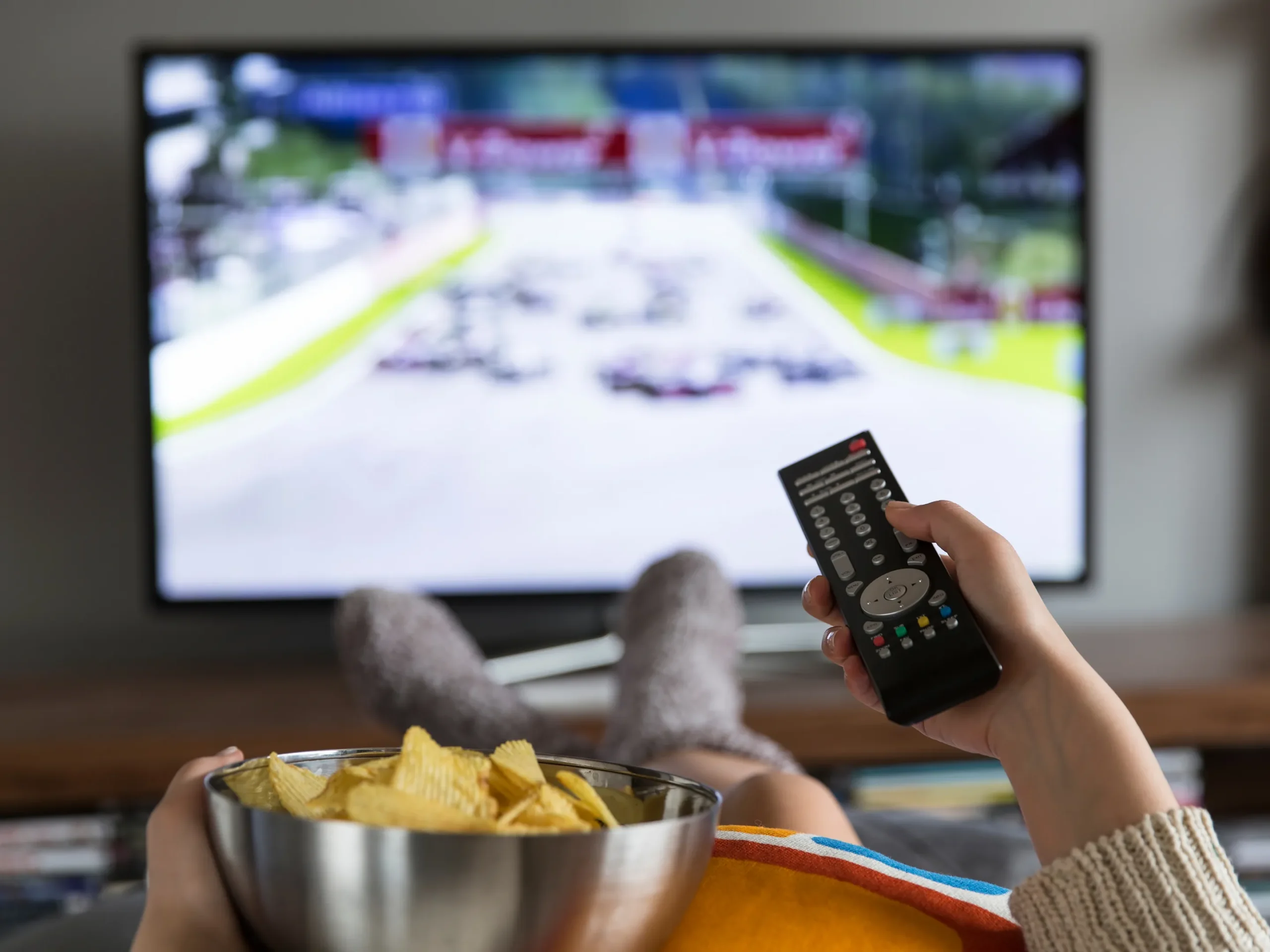3 Rules to Buy and Schedule Media More Efficiently
Understanding the principles of media buying and mastering negotiation is essential for both established companies and small businesses alike. In this article, we will provide the necessary facts about media buying and the crucial rules to follow to help achieve your desired business outcomes.
What Is Media Buying?
Media buying is a strategic process that involves the planning, negotiating, and purchasing of ad space across various media channels to amplify the impact of the message. Its importance cannot be overstated, as it enables businesses to target the right audience and achieve campaign success.
One example of media buying occurs when you visit a website, and ads seamlessly appear on the side of your screen. These ads are placed based on your interests and preferences. This personalized approach benefits businesses and consumers alike, enabling consumers to discover products and services tailored to their needs while businesses efficiently reach their intended audience.
Effective execution of media buying yields optimal exposure among key audiences and serves as a powerful tool to educate consumers. Brands can effectively communicate the value of their products and services and simultaneously make it effortless for consumers to discover new products and brands.
There are various types of media buying techniques, each offering unique advantages in reaching your target consumer.
Direct Media Buying Versus Programmatic Media Buying
Direct media, as the name suggests, involves direct communication through channels such as calls or emails. This form of media buying goes direct to specific publishers or media outlets, and allows for customization, providing more room to tailor the message to match the audience’s needs and preferences.
Programmatic media buying, on the other hand, utilizes website ads and online advertising to reach a target audience. With this technique, businesses can reach consumers across platforms and publications to deliver their message at a greater scale.
Media buying offers many benefits, but it is important to note that finding the best strategy takes time and persistence. Luckily, there are some rules that you can follow to make the process quicker and more efficient! In the following section, we’ll explore three essential practices of media buying that can help elevate your media buying strategy to the next level.
The 3 Most Important Rules Of Media Buying
1. Optimize Your Media Buying

The first rule of media buying is campaign optimization. This entails fine-tuning and adjusting targeting such as demographic information (ages, location, etc) to maximize performance. This rule is especially important for traditional media planning, like prints or billboards. Gaining a better understanding of your audience’s preferences, dislikes, and interests is crucial in achieving your desired outcomes.
Nartak, a local Pittsburgh marketing agency, understands all the intricacies of optimization, including traditional media, to capture attention and deliver successfully targeted messages.
2. Aim for Cohesion in your Advertising Campaign

The next step is ensuring cohesion between your marketing mix and creatives. These two elements must operate in unison to achieve maximum impact, with a shared understanding of the goals and strategies to accomplish them.
By presenting a unified message across your marketing channels, you prevent confusion and help your audience to better understand and engage with your brand. For instance, if you create a campaign using flyers and a video (despite being different creative types), they should contain the same core message and complement each other.
3. Prioritize Marketing Measurement

Lastly, a vital, yet often overlooked, aspect of media buying is observing which campaigns and creatives produce the best results at the most cost-effective rates to ensure effective optimization.
Once you have successfully measured the campaigns that deliver the best performance while maintaining a low cost, you can implement the same winning strategy into other campaigns. This approach not only strengthens your media buying strategy but also maximizes the return on investment.
End Note

Remember, successful media buying is an ongoing journey of learning, adapting, and, ultimately, strengthening your brand’s presence and impact in the market.
As you engage in buying or negotiating media placement, focus on optimizing your media buys, strive for a cohesive message, and prioritize measurements.
While it may take some time to fine-tune your campaign to align with your brand message and target audience, implementing these critical media buying rules will help expedite the process and increase efficiency and effectiveness. Furthermore, media buying can also be easier to navigate with the help of a media company that has the expertise and experience.
Try Media Buying With Nartak Media Group
We understand the challenges of optimizing campaigns and the hard work that goes into them. In many cases, working on such a project alone can be overwhelming. That is precisely why Nartak Media Group is here to lend a helping hand!
The marketing team at Nartak Media Group is experienced in identifying advertisers’ needs and creating effective solutions. If you want to grow your presence without necessarily raising your budget, then look no further! Nartak has 30-plus years of experience in media buying to expertly select television, radio, print, and social advertising for your company.
If you want to collaborate on your next campaign, click the link on the right to get into contact with Nartak Media Group today: Let’s Talk | Nartak Media Group.



 Advertising during popular TV series premieres or seasonal shows can also be effective. These periods often attract dedicated viewerships, offering a consistent audience for your ads.
Advertising during popular TV series premieres or seasonal shows can also be effective. These periods often attract dedicated viewerships, offering a consistent audience for your ads. TV marketing campaigns help to boost your company’s overall credibility by exposing your brand, products, and services to a large, diverse audience. People spend time with television, and it attracts loyal viewers to things like local news, live entertainment, sports, and popular serial shows. By advertising for loyal viewers, you can create loyal customers.
TV marketing campaigns help to boost your company’s overall credibility by exposing your brand, products, and services to a large, diverse audience. People spend time with television, and it attracts loyal viewers to things like local news, live entertainment, sports, and popular serial shows. By advertising for loyal viewers, you can create loyal customers.





 Advertising during the
Advertising during the 


